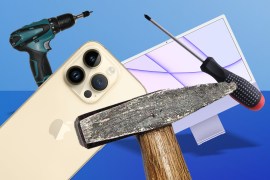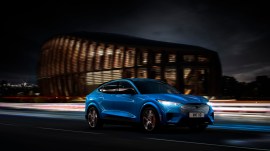Why Apple CarPlay and its competitors are the future of in-car tech
Apple wants to smarten up your wheels with a new generation of in-car iScreens. Here's why that will work
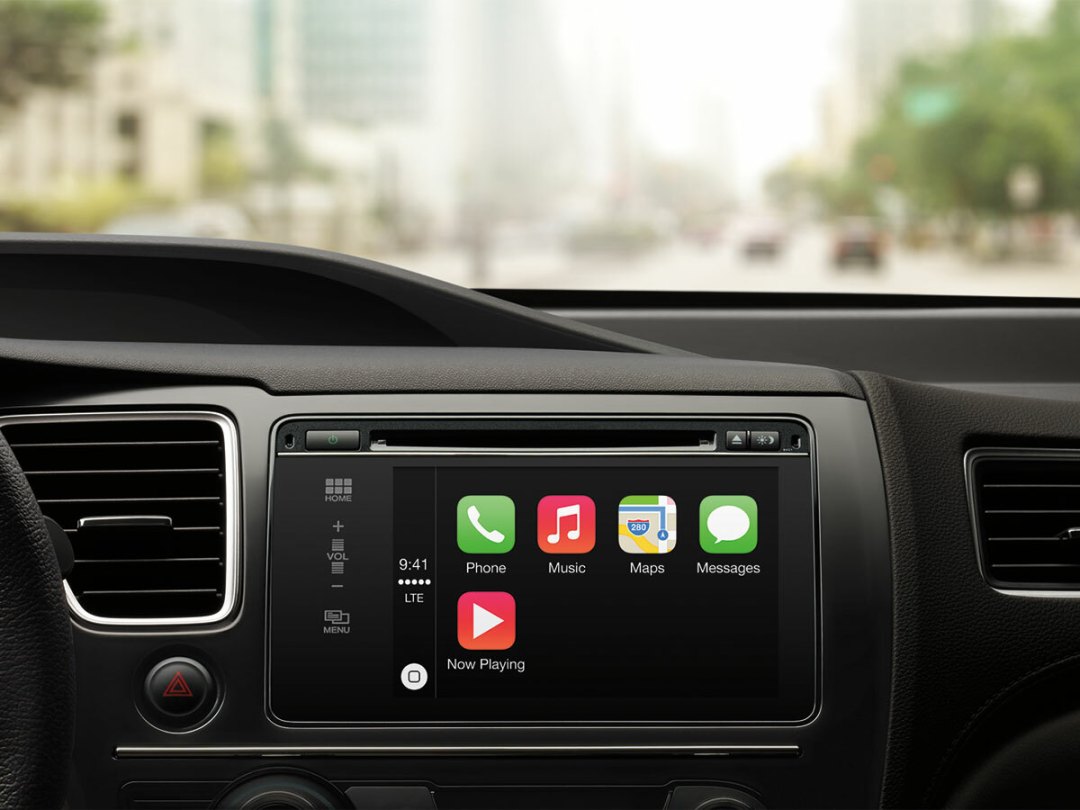
As we reported last month, Ferrari has become the first car manufacturer to adopt Apple CarPlay, a new infotainment system that let’s you see the iPhone interface displayed on the car’s touch screen and access apps in exactly the same way you would on the phone itself.
CarPlay is available to order on the Ferrari FF as an option now, but Ferrari has still to announce the price.
So why would a master of style like Ferrari need to avail itself of Apple’s talents in quite such an undiluted, literal way? A quick look through the legion of infotainment in cars across the board gives a pretty good idea of why. While some are OK, many are downright clunky. The history of the modern, connected, infotainment screen can be traced back to the first generation BMW iDrive system launched on the 7-Series in 2001.
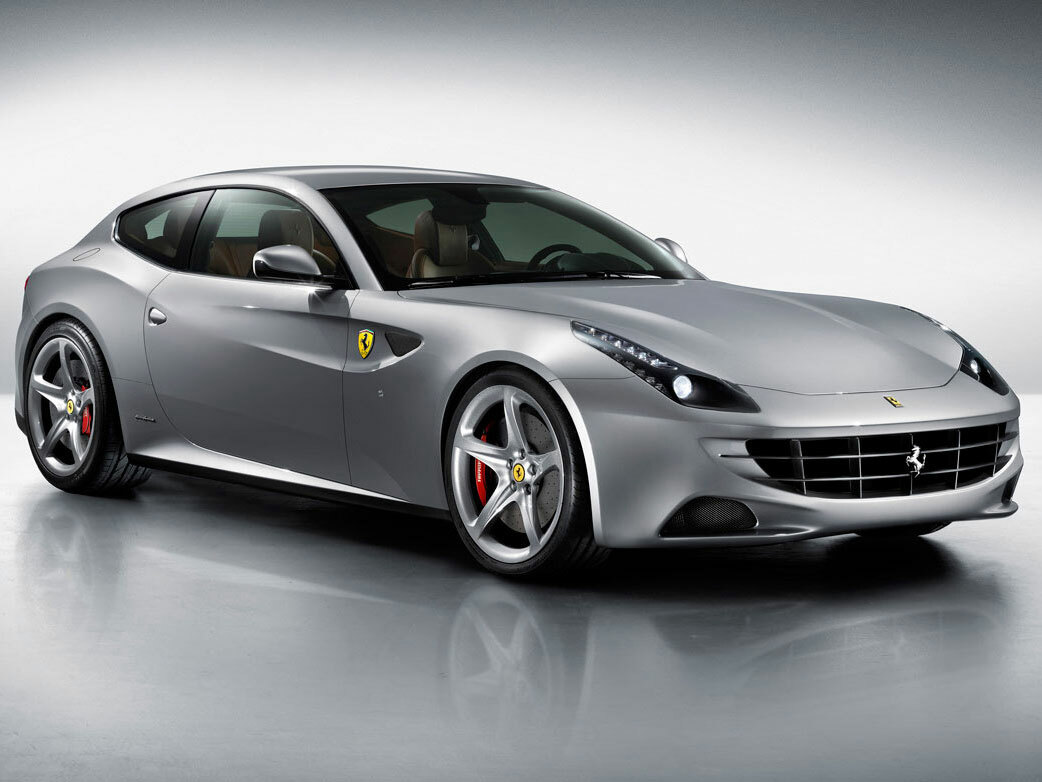
Based on the Windows CE operating system, the design of the iDrive interface was counter-intuitive in just about every respect. In fact, it was so confusing that customers were given a briefing by the dealer on how to use it and a follow-up VHS instruction video. Imagine having to go through that to master any modern smartphone today.
So perhaps leaving the design of an infotainment system’s graphical user interface to the people who invented the graphical user interface isn’t such a bad idea after all. (Actually, Apple is no newcomer to the in-car infotainment market anyway and has worked with the automotive industry for more than 10 years developing all those iPod connections we now take for granted.)
Hands-on with CarPlay
CarPlay is compatible with the iPhone 5, 5C and 5S with an upgrade to iOS 7 (but not the iPod) and connects using a Lightning adapter cable, before being tucked away in the armrest. Initially, the system is pretty discreet, appearing as an item on the Ferrari’s home screen. Touch it, and the screen changes to a facsimile of the iPhone complete with home button. After that, it’s just a matter of doing what you do with the iPhone – well, almost.
Despite the look and feel of CarPlay matching that of the iPhone, there is one crucial difference and that’s the number of apps available. Designing in-car systems is all about avoiding driver distraction so what you get in this case is a cut down version of the iPhone with a selection of apps. Apple has also designed CarPlay to more reliant on iPhone’s Siri voice recognition system to encourage as much voice control as possible, reducing the need for the driver to use the touch screen, something that requires taking the eyes off the road.
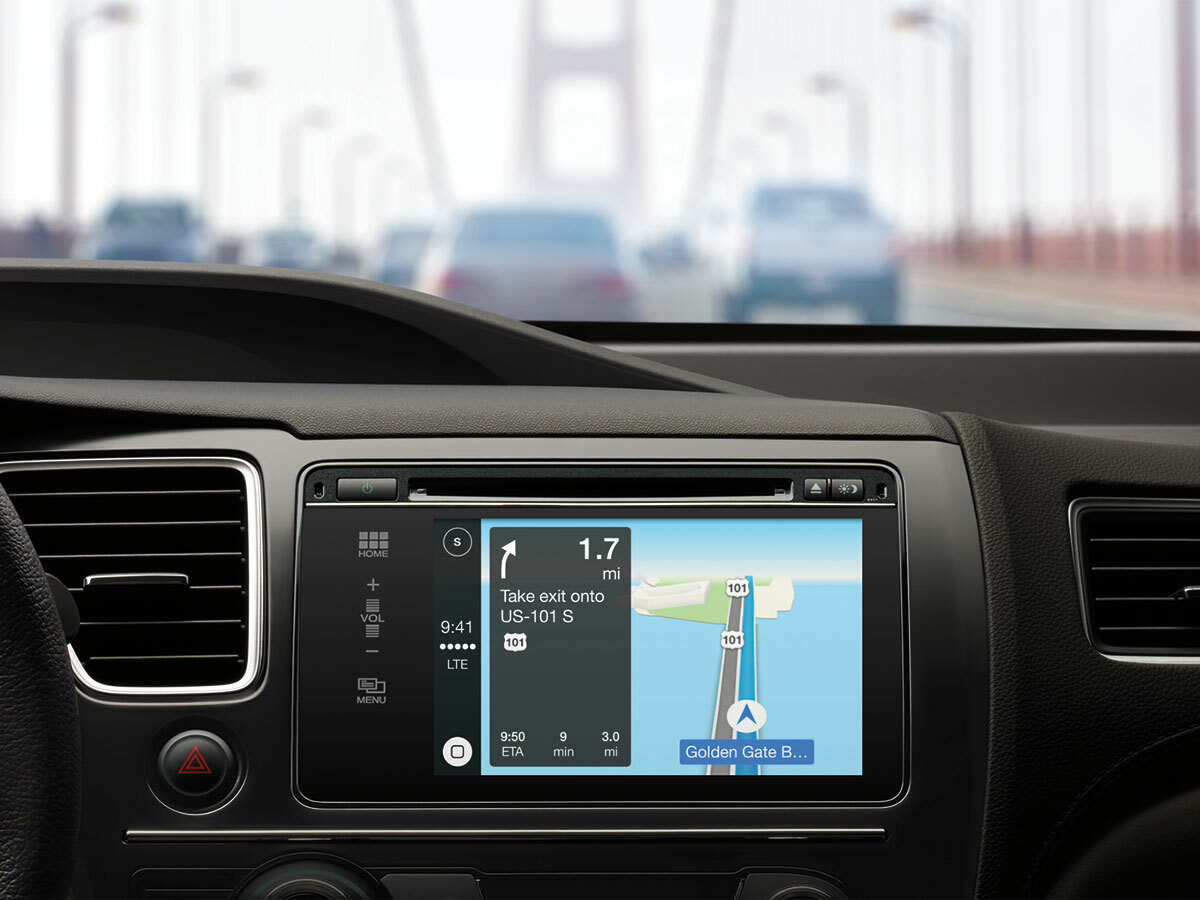
With CarPlay, you can make calls, access contacts, return missed calls, listen to voicemails, have text messages read back to you and dictate responses in what Apple calls ‘an eyes-free experience.’ You can access Maps (that’s Apple Maps, not your choice of map app) and of course, music, which includes podcasts, audio books and iTunes Radio. CarPlay does support a couple of third party apps – Spotify and iHeartRadio – and although no details have been released, there are plans to roll out more.
Maps can be used as a sat-nav (although it isn’t specifically intended to replace the Ferrari’s own system), giving spoken turn-by-turn route instructions, reporting on traffic conditions and keeping you updated on your ETA. The iPhone makes use of any destination you may have stored away in contacts, emails or text messages to anticipate where you may want to go, receiving your spoken instructions via Siri.
Siri, supercharged
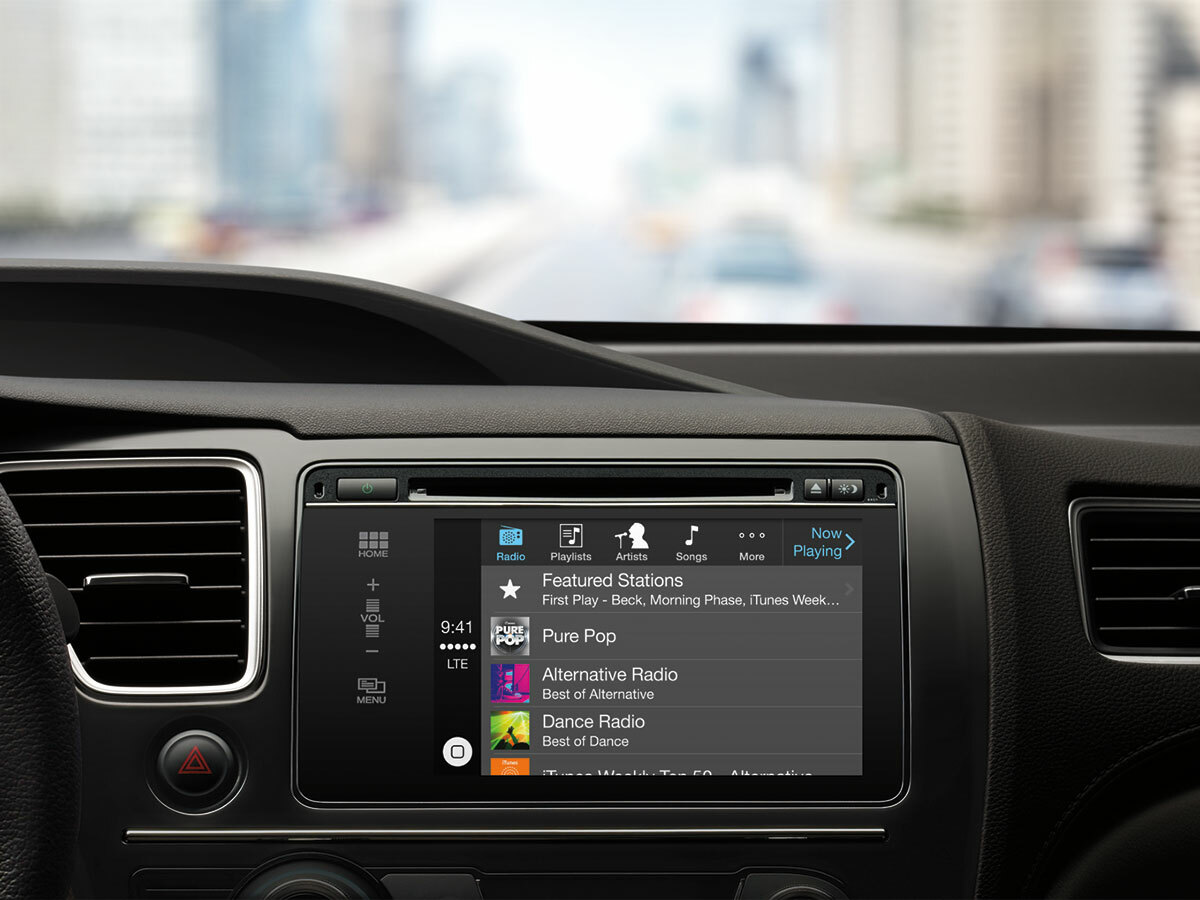
Apple says Siri has been optimised for use in-car using a different set of acoustical models, to take into account the background tyre, wind and engine noise that often foxes voice control systems. Whatever you think of Siri as a day-to-day tool, it arguably comes into it’s own in this environment because most, if not all, in-car voice control systems are command based rather than being able to cope with natural speech as Siri does.
However, in our demonstration by an Apple technician on the Ferrari stand at Geneva, Siri received route instructions to US destinations but was unable to interpret a UK-based postcode or village name using his iPhone. Maps did happily accept the same code when typed in using the touch screen, though, and provided decent route instructions back to the UK. This is an example of how Siri makes use of destination data stored in an individual iPhone to recognise locations. It’s part of what makes CarPlay so smart: it provides the first ever sat-nav whose settings are transparently personalised to each individual user, using all the rich data gathered by your smartphone during day-to-day use.
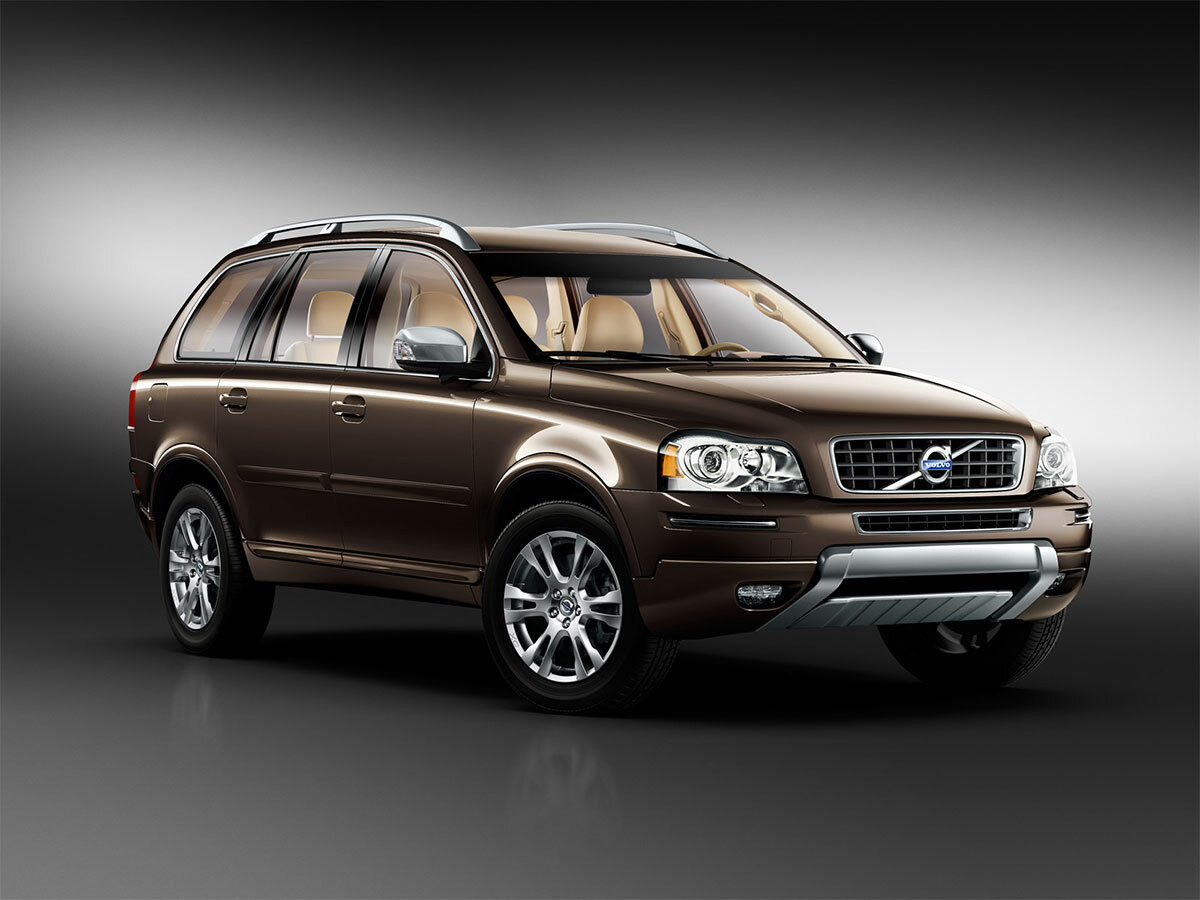
When in the CarPlay screen, touching a Ferrari logo takes you back into the Ferrari home screen to interact with the car’s settings, so the two are kept quite separate. Ferrari will roll the system out in the new California T in June, but more work needs to be done to introduce CarPlay to some of its other cars, such as the 458, whose screens are in a different format.
Although it’s starting in pole position, Ferrari won’t be the only manufacturer to take CarPlay. Volvo announced it will launch the system in the XC90 next year, Nissan will also be also introducing it to the lineup in 2015 and so will 14 other manufacturers at some stage, including Mercedes. Does CarPlay represent the future of in-car Infotainment systems? Judging by the seamless way the iPhone integrates with the Ferrari and that fact that for an existing iPhone user, the learning curve is zero, it certainly looks that way.
What about Android?
Apple is by no means uniquely qualified to dramatically upgrade the in-car infotainment experience. Android’s own ‘Projected Mode’ (as leaked in a job posting from Daimler, Mercedes-Benz’ parent company) should be capable of aping the CarPlay experience with attached Android devices, and Google Now is already serving up contextually useful data to Android users based on what it know of their calendar, contacts and tastes. Certainly, it’s already more powerful in this regard than Siri. It’s going to be particularly interesting to see how the Google Now experience translates to Google’s Android Wear smartwatches.
This leaves Google in a strong position to take CarPlay on. Indeed, while Ferrari has no specific plans to introduce an Android solution to its cars in the near future, one senior insider says he thinks that will follow once the CarPlay has been fully integrated into the rest of the range. It looks like the battle to provide your in-car infotainment will have little to do with proprietary systems from competing car giants; instead, it’ll be very similar to the one that’s already going on in our pockets.
READ MORE Geneva Motorshow 2014: the 12 most amazing cars and concepts
[Ferrari FF interior image: Car and Driver]

